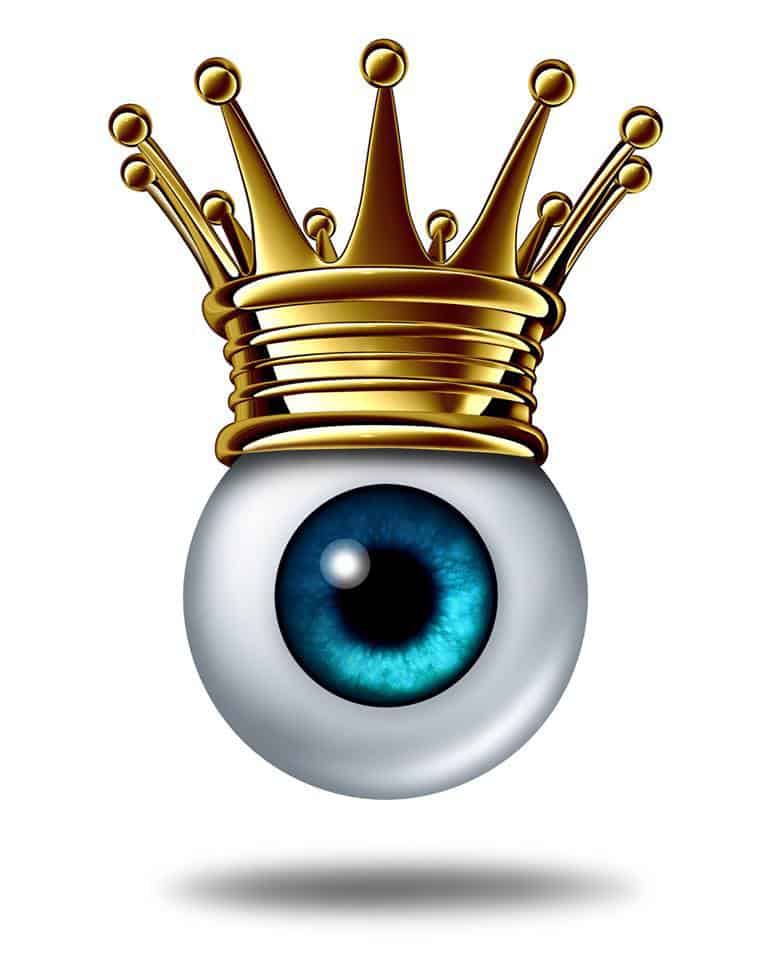Glaucoma is best known as the sneak thief of sight. It is best defined as a group of eye diseases that gradually steal your sight without any warning. Usually, in the early stages of the disease, they are no symptoms. It is estimated that at least half of the people afflicted by this disease may not even know it.
The main reason why people go blind with this disease is because of damage to the optic nerve. The optic nerve can be compared to an electric cable with over a million wires. It has the responsibility for transporting images from the eye to the brain.
Although there has been a lot of research, there is no known cure for glaucoma as of this writing. However, the use of medication and surgery can help to slow down or prevent further vision loss. They are many factors involved in the treatment of glaucoma; however, detecting the disease early is the most effective way of stopping its progression.
In the past, we used high eye pressure within the eye (intraocular pressure) as the most likely cause of the optic nerve damage. Nowadays we understand that other factors are involved because many people with even normal levels of pressure are experiencing vision loss from glaucoma.
Other examinations apart from Visual acuity tests may also include Visual field exams, Pachymetry (measures the thickness of the cornea) Gonioscopy (Anterior Chamber angle assessment), Examination of the optic nerve and the retina, Visual field examinations and computer nerve imaging (OCT) among other tests.
As you can see, diagnosing glaucoma may involve several complex procedures.
Watch this short 6min video explanation for more detail:
“Remember to keep an eye on your eyes”
- 10 SIGNS YOU NEED AN EYE EXAM - May 20, 2018
- WORLD GLAUCOMA WEEK - March 11, 2018
- The Importance OfEye Exams - February 5, 2018


Recent Comments